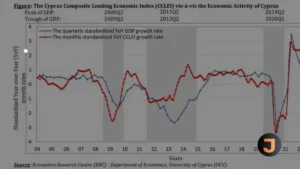Political Turbulence in Scotland as Government Faces No-Confidence Vote
In a surprising turn of events, the Scottish government is bracing for a no-confidence vote slated for Wednesday. This development follows the unexpected resignation of First Minister Humza Yousaf, who stepped down from his role on Monday, less than a year and a half after succeeding Nicola Sturgeon. His departure has triggered yet another leadership race within the Scottish National Party (SNP).
The SNP’s internal turmoil has presented a strategic opening for the UK’s Labour Party to potentially recapture lost territory in anticipation of the upcoming national election. The no-confidence motion, initiated by Scottish Labour last week, came on the heels of Yousaf’s announcement that he would dissolve the coalition with the Scottish Green Party.
While Yousaf faced an imminent separate no-confidence vote specifically targeting his position as First Minister, his decision to resign has rendered that vote unnecessary. Nevertheless, Labour’s broader motion challenging the entire government’s competence is expected to be met with resistance from the Greens. This alliance suggests that the SNP will likely survive the vote, allowing them to establish a new minority government helmed by a fresh leader.
Among the potential successors are former leader John Swinney and Kate Forbes, who previously contended with Yousaf for party leadership. The outcome of the no-confidence vote is critical; if passed, it would necessitate the government’s resignation and likely trigger subsequent Scottish elections.
Anas Sarwar, leader of Scottish Labour, has voiced concerns over the democratic implications of the SNP selecting a new leader without a parliamentary election, labeling such an action as a “democratic outrage.” The political landscape in Scotland remains highly fluid, with the upcoming vote poised to shape the future of Scottish governance.






